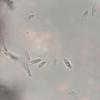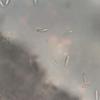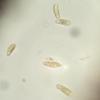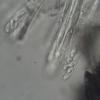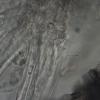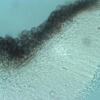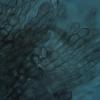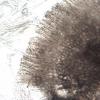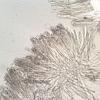
01-10-2012 18:27
 Yatsiuk Iryna
Yatsiuk Iryna
Hello, dear friends This Mollisia was collected o

28-09-2012 15:36
Patrice TANCHAUDBonjour,récolte sur terre boueuse en milieu humid

29-09-2012 12:41
Hi to all:We have found this Calycina species on

29-09-2012 00:21
Esquivel-Rios EduardoHi All.I found this fungi in a Ficus insipida peti

26-09-2012 21:48
Esquivel-Rios EduardoHi AllWe found this small cup fungi in the soil, d

24-09-2012 13:05
 Björn Wergen
Björn Wergen
Hello,I have found this small pyrenomycete on dead

26-09-2012 22:17
 Chris Yeates
Chris Yeates
Bonsoir touslast year I collected what was to me a

Hello, dear friends
This Mollisia was collected on Quercus robur.
KOH reaction distinctly yellow, marginal hairs conspicuous, and look like incrusted, 40-50 um.
Asci BB, without croziers. At least in several preparations (including fresh ones) I could not find them. Unfortunately I have forgot to measure them, but I can do it later:(
Spores 6,4-8,8*1,86-2,7 um, oil 0-1(?), overmature spores have 1 septa.
I supposed it to be M. perelegans but croziers are absent...
Best wishes,
Irina

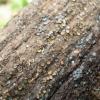
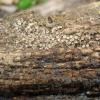

 DSC04008-0001.JPG
DSC04008-0001.JPG